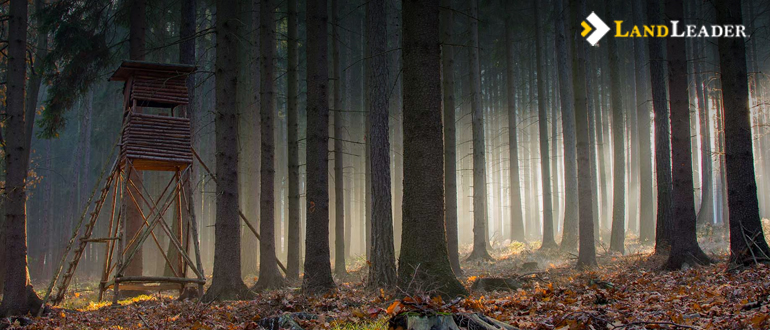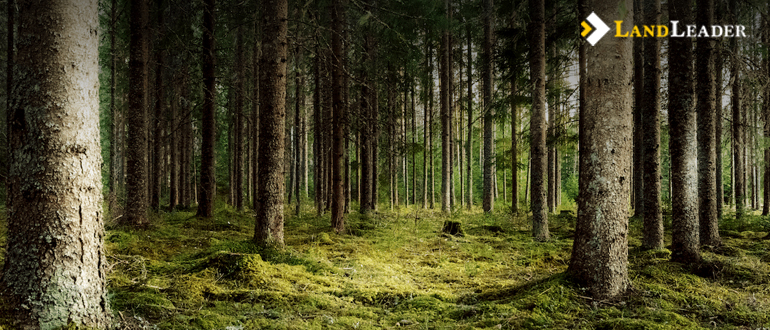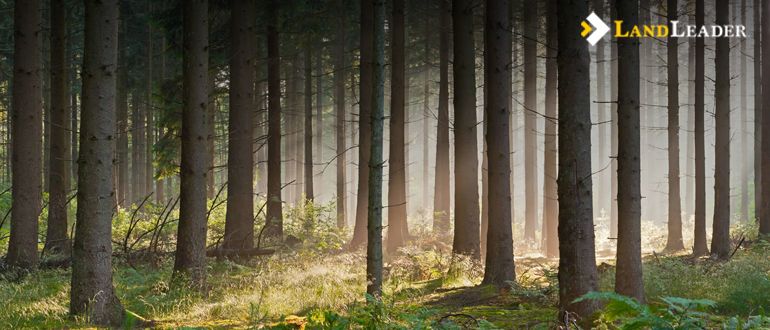
Is Timberland a good investment? For some, timberland is a great way to diversify its investment portfolio. For others, it just sounds like a rapper from the early 2000s or stylish boots often paired with flannel. But in the realm of investment, timberland holds a unique appeal. Defined by the Board of Forestry as an area devoted to growing and harvesting timber or for compatible uses, timberland offers a tangible asset that combines investment potential with recreational opportunities. This blog delves into timberland investment’s intricacies, valuation methods, reasons for investment, and various investment avenues.
Timberland Investing: From the Beginning

Investing in timberland traces back to the 1800s, with paper companies emerging as prominent owners of vast forested areas, often funded by federal grants. These lands served various purposes, from supporting public parks to timber reserves for industrial use, including supplying the booming demand for paper, furniture, and construction materials. However, the landscape shifted in the 1980s as owners began divesting these properties, presenting lucrative opportunities for individual investors.
“One of the unique benefits of investing in timberland is that it’s an asset that you can enjoy and own at the same time. With investments like gold, there’s not much you can do with it while you own it. With land, you can horseback ride through it, hunt on it, explore it.”
Timberland remains a sought-after investment, prized for its stability and diversification benefits. Its tangible nature distinguishes it from traditional stocks, making it an appealing option for expanding their investment portfolios. From its historical roots to its modern-day appeal, timberland investing offers a compelling avenue for financial growth and personal enjoyment.
Cost Valuation Method: Understanding the Basics

Traditional valuation methods used in real estate don’t apply when evaluating timberland. Instead, methods like the cost valuation method and soil expectation value (SEV) come into play. The cost valuation method considers individual assets of the property, including existing timber, mitigation credits, and non-timber products. On the other hand, SEV measures the value of costs and revenues from forested rotations, providing insights into long-term profitability.
Soil Expectation Value: Digging Deeper into Land Value
SEV is particularly relevant when the property’s primary use is timber production. It accounts for the economic returns over multiple forest rotations, offering a comprehensive land value assessment.
Timber vs. Land: Balancing the Equation
Determining whether to invest in timber, land, or both is crucial. The presence of timber can significantly impact land appreciation, necessitating a balanced approach to investment decisions.
Timing: The Crucial Factor in Valuation
As with any real estate investment, timing is pivotal in timberland investment. Flexibility in timing empowers investors to capitalize on favorable market conditions.
Proper Land Management: Maximizing Timberland Potential
Efficient land management is imperative for enhancing timberland value. Pest control and strategic harvesting can boost tree growth and property value.
Types of Trees: Impact on Value and Growth Potential
Understanding the tree species present on the property is essential. Growth rates, patterns, and soil compatibility influence property appreciation and investment viability.
Is Timberland a Good Investment and Why?
Investing in timberland offers a unique blend of financial benefits and personal enjoyment. Unlike assets like gold, timberland provides both a smart investment avenue and tangible experiences. Owners can immerse themselves in activities such as horseback riding, hunting, or simply exploring the land, enriching their lives while owning a valuable asset.
From a financial perspective, timberland serves as a robust hedge against inflation. Historical data consistently illustrates a positive correlation between inflation and timberland returns, making it a reliable means of preserving wealth over time. Moreover, timberland diversifies investment portfolios, mitigating volatility by offering returns that counter traditional market fluctuations.
Another compelling aspect is the resilience of timberland investments to economic turbulence. Trees continue to grow and appreciate irrespective of prevailing market conditions, providing a stable anchor in uncertain times. This steadfast growth offers reassurance to investors amidst dynamic economic landscapes.
Ways to Invest in Timberland

Investing in timberland offers various avenues tailored to individual preferences and resources. One option involves purchasing timber shares, providing exposure to the market without direct land ownership.
Alternatively, investors can acquire land and manage the timber themselves, offering hands-on involvement but requiring substantial commitment.
Another approach is buying land and outsourcing timber management, allowing passive income generation. For those seeking full control, outright land acquisition presents an option.
The choice depends on upfront capital, desired liquidity, and willingness to engage in property management.
In conclusion, timberland presents a compelling investment opportunity, offering a tangible asset with potential financial gains and recreational benefits. Understanding timberland values and employing appropriate valuation methods are crucial for making informed investment decisions.
If you’re considering timberland investment, partnering with a reputable platform like LandLeader, The land marketing platform can provide access to expert guidance and a diverse range of investment opportunities.
By navigating the nuances of timberland investment, investors can capitalize on this resilient asset class to bolster their portfolios and cultivate long-term wealth.
Follow Our Facebook Page for Latest Updates.